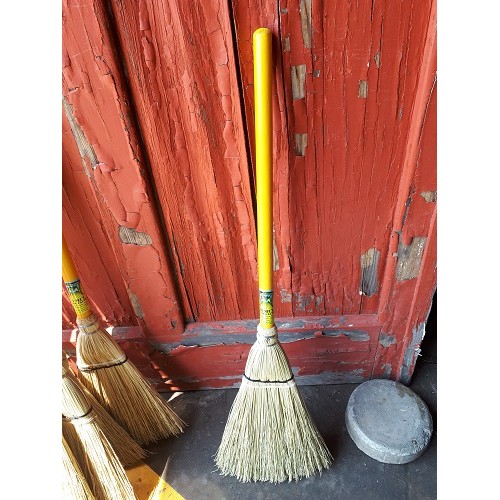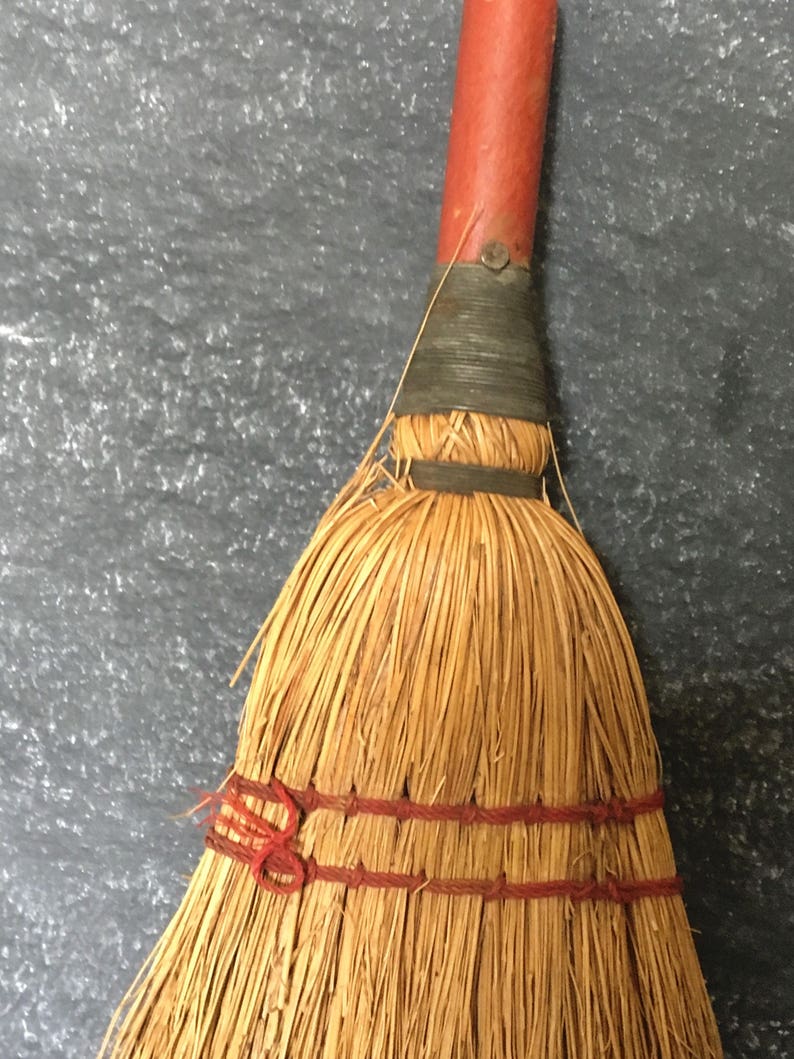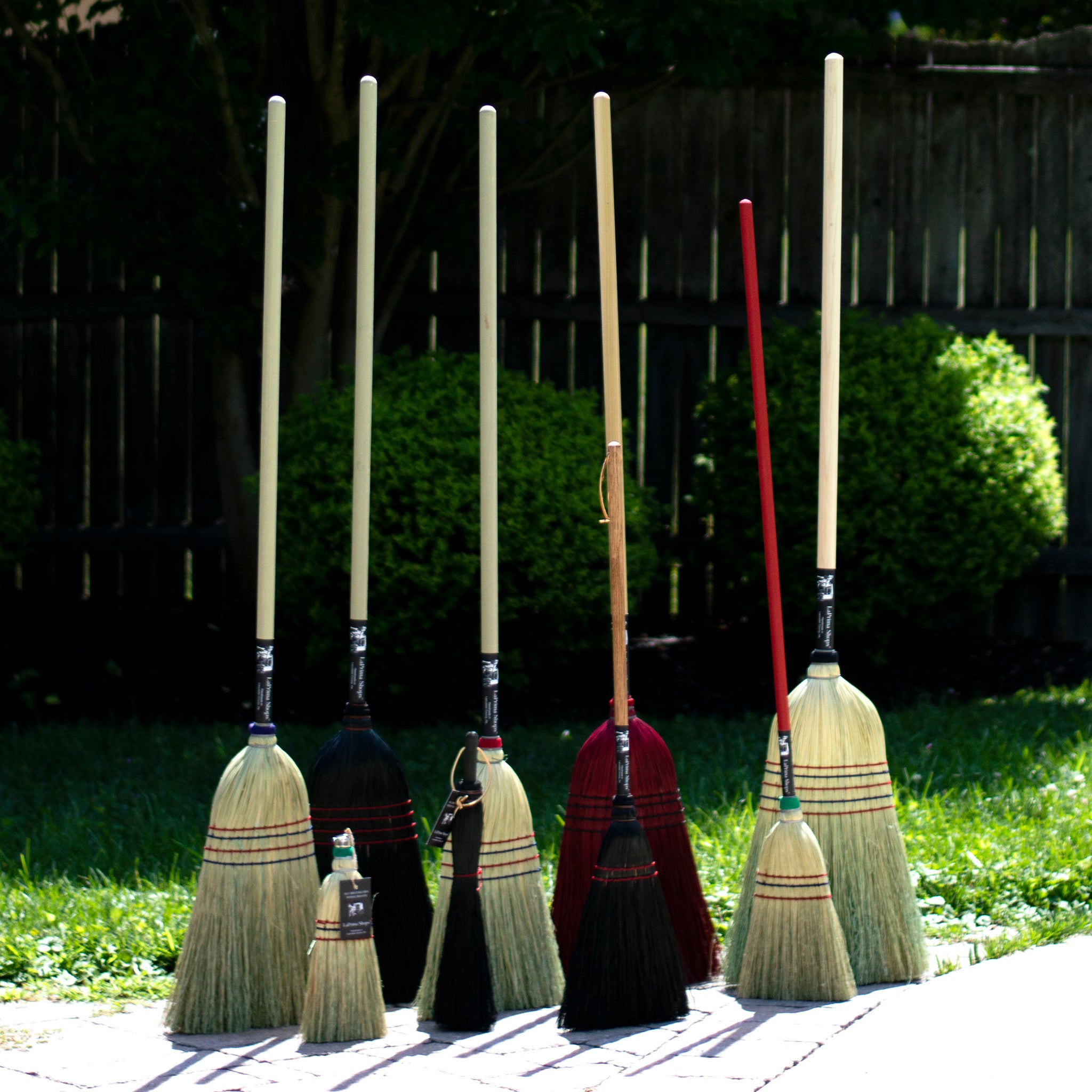
As far as I’m concerned, people are like those little grains.

“One day,” she wrote, “we were looking at dust dancing in sunlight … said, ‘Nobody has any real importance to me. Photograph: Boris Lipnitzki/Roger Viollet/Getty ImagesĪs Gilot was to recall in her bestselling book Life With Picasso (1964), he set out to undermine her from the start. By the end of the summer they were lovers.įrancoise Gilot with Pablo Picasso in 1952, the year of her first solo show, at Galerie Louise Leiris. Captivated by the fine-boned Gilot, Picasso, 40 years her senior, invited her to his studio in the Rue des Grands Augustins. Halfway through the meal a short, bull-necked man approached her table proffering a bowl of cherries: it was Pablo Picasso. Two months after Rozsda’s departure she was having dinner at Le Catalan, a Paris restaurant patronised by Left Bank artists. Seven decades later Gilot was to recall those words as both prophecy and curse. As his train steamed out of the station, the 21-year-old Gilot wailed: “But what am I to do?” Her teacher, laughing, shouted: “Don’t worry! Who knows? Three months from now, you may meet Picasso!”

Rozsda was Jewish and Hungarian the occupying Germans had begun rounding up foreign Jewish people, and he was leaving for the apparent safety of Budapest.

In 1943 the artist Françoise Gilot, who has died aged 101, accompanied her teacher, the surrealist painter Endre Rozsda, to the Gare de l’Est in Paris.


 0 kommentar(er)
0 kommentar(er)
